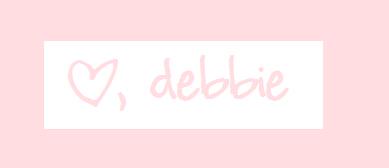Remember these Target kitchen towels from my post JuneGreat Finds a year ago? I intended to use them to make 2 more messenger bags. But...
When this quilted fabric bin project came along, I caved in and used a small portion of the kitchen towels. I ended up not having enough coordinated fabric for a messenger bag and would really like to use up the remnant. So, when I was working the in kitchen one day and having to bend down to get a plastic bag under the sink, I thought, why not make a plastic bag dispenser?
Here’s how I do it:
1. Cut your kitchen towel to about 19" long (that's what I have left with from the last project). With right side facing, fold the fabric in half width wise. Sew along the existing stitch line length wise. Now I have a long tube.
2. Press seam open. From the wrong side of fabric, fold under 1" at both ends of the tube and press.
3. To create casing for the elastic, stitch all around the folded ends leaving a 2" opening at pressed seam (it's too bulky for the sewing machine to sew through anyway). Repeat on the other end of tube.
4. This is the opening for the elastic casing.
5. Turn the tube right side out. Decide which end will be the dispenser "top". Cut ribbon to 13" long. Fold 1" under at the ends and pin to the mid points of the sides of the tube just below the casing.
6. Stitch two straight lines to secure the two ribbon ends.
7. Mark elastic @ 5" long with pen. Use a bodkin to thread the elastic through the casing opening.
8. Pull the elastic tight until you see your pen mark. Tie a knot. Snip the excess elastic off. Sew the opening of the casing closed. Repeat on the other end of tube.
note: It's easier to cut the elastic after you have tie the knot than to cut the elastic to 5" 1st and struggle with making that tie with limited material.
9. Stuff plastic bags in the dispenser. Hang it and use it right away!
This tutorial is featured on Made by you Monday over at Skip to my Lou and on The Winthrop Chronicles.
 Follow TingTingMamMa
Follow TingTingMamMa








 VS.
VS. 






















